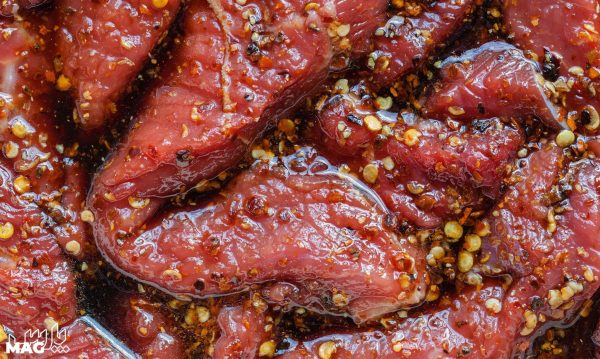Coffee bean Types
Coffee bean Types:
Coffee beans are the seeds of a fruit called a coffee cherry. Coffee cherries grow on coffee trees from a genus of plants called Coffea. There are a wide variety of species of coffee plants, ranging from shrubs to trees.
- Type of bean.There are two main types of coffee species, Arabica and Robusta. Arabica originates from Ethiopia and produces a mild, flavorful tasting coffee. It is the most popular type worldwide. However, it is expensive to grow because the Arabica plant is sensitive to the environment, requiring shade, humidity, and steady temperatures between 60-75 degrees Fahrenheit. The Robusta coffee plant is more economical to grow because it is resistant to disease and survives in a wider range of temperatures between 65-97 degrees Fahrenheit. It can also withstand harsh climate changes such as variations in rainfall and strong sunlight.

- Type of roast.Coffee beans start out green. They are roasted at a high heat to produce a chemical change that releases the rich aroma and flavor that we associate with coffee. They are then cooled and ground for brewing. Roasting levels range from light to medium to dark. The lighter the roast, the lighter the color and roasted flavor and the higher its acidity. Dark roasts produce a black bean with little acidity and a bitter roasted flavor. The popular French roast is medium-dark.

- Type of grind.A medium grind is the most common and used for automatic drip coffee makers. A fine grind is used for deeper flavors like espresso, which releases the oils, and a coarse grind is used in coffee presses.
- Decaffeinated coffee.This is an option for those who experience unpleasant side effects from caffeine. The two most common methods used to remove caffeine from coffee is to apply chemical solvents (methylene chloride or ethyl acetate) or carbon dioxide gas. Both are applied to steamed or soaked beans, which are then allowed to dry. The solvents bind to caffeine and both evaporate when the beans are rinsed and/or dried. According to U.S. regulations, at least 97% of the caffeine must be removed to carry the decaffeinated label, so there may be trace residual amounts of caffeine. Both methods may cause some loss of flavor as other naturally occurring chemicals in coffee beans that impart their unique flavor and scent may be destroyed during processing.



![قهوه چیست [تحقیق و اطلاعات درباره قهوه + همه چیز که باید بدانید] 5 کافی چیست](https://chashland.com/wp-content/uploads/2025/08/171379792-1-150x150.jpg)
![فواید قهوه اسپرسو برای مردان [خواص اسپرسو برای مردان + نکات مهم] 6 خواص قهوه اسپرسو برای مردان](https://chashland.com/wp-content/uploads/2025/08/171379792-150x150.jpg)
![خواص قهوه تلخ [مهم ترین فواید و مضرات قهوه تلخ فوری] 7 خواص قهوه ی تلخ](https://chashland.com/wp-content/uploads/2025/08/n00031308_coffee_parskadeh_ir_-150x150.jpg)
![بهترین زمان مصرف قهوه [زمان مناسب خوردن قهوه اسپرسو] 8 بهترین زمان خوردن قهوه](https://chashland.com/wp-content/uploads/2025/08/coffee-time-image-min-1-150x150.jpg)

